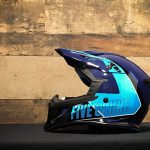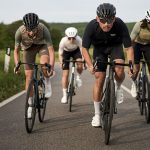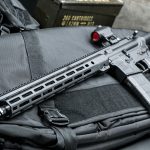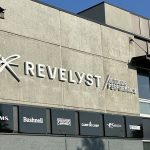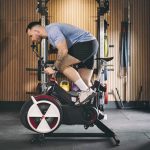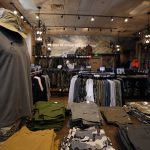SIAs Retail Audit has been a reliable barometer for the health of the SnowSports industry for several years. This month, in the report covering the August through November selling period at retail, SIA highlighted the fact that global warming is having a significant impact on participation and retail sales. In the executive summary, the organization stated, “Over the past several months, article after article have been written about global warmings long-term impact on the SnowSports industry. Forget about the long-term, what about the immediate right here and right now term? Impressive gains made by strong early season sales were chopped off at the knees by eerily balmy weather ”
This weather caused specialty snowsports retailers equipment sales to decline 3%, with alpine sales increasing 2% on higher ASPs and snowboard sales declining 10%.
Alpine hardgoods fared well in spite of the weather during the early season. Integrated ski systems, fat skis, and twin tip skis all bolstered sales during the season-to-date period.
While carve ski system sales are declining, midfat system sales jumped 35% and now account for nearly half of all skis sold. Fat and superfat skis showed even more growth, although off a smaller base, with sales more than doubling season-to-date. Much of this could be due to the warmer weather in New England, where the harder snow conditions call for carve skis more so than the powder of the Western regions. In Alpine boots, high performance boots were the only category to show gains with a 7% increase in sales. Finally, Alpine poles were up 6%.
Nordic ski sales were heavily impacted by the warm, wet weather, falling 16%. Nordic boot sales fell 13%; bindings were down 7%; and poles were down 11%.
Telemark sales were mainly impacted by lower ASPs, with telemark ski and boot units-sold up for the year-to-date, but revenues generated down 4% and 1%, respectively. Binding sales slid 11%.
Snowboard equipment sales were the hardest hit category in hardgoods, with both units and dollars dropping 10%.
All mountain boards were the only category to increase with a 35% jump in sales. Freestyle and Freeride boards were both down in the double-digits. Carryover snowboard sales were up considerably over last year, and now account for 11% of all boards sold.
Snowboard boot sales were down 15% with flat average selling prices. However, carryover snowboard boot sales jumped 42%. Bindings were also down 14% in sales with slightly higher average selling prices, while carry over binding sales were up in the low 20s on much lower average selling prices.
Apparel was the one saving grace for the industry, increasing 18% through specialty retailers for the year-to-date. For the first time, apparel sales are out-pacing equipment sales during this period of the year.
Alpine apparel top sales were up 22%, while bottoms were up 7%. Insulated parkas were driving sales at retail, with womens out-selling mens by a considerable margin. Shell parka revenues were flat, but units-sold were up 9%. In addition, soft-shells continue to fly off the shelves, with sales increasing 36% in spite of considerably lower average selling prices. 63% of the soft-shell sales are mens product. Fleece sales were up 47% for tops and 17% in dollars.
While snowboard hardgoods sales were weak, apparel remains strong. Tops increased 20% on higher ASPs and units-sold. Womens apparel sales out-paced mens, but both were strong. Snowboard bottom sales were up 11% on a 7% increase in ASPs. In comparison to snowboard hardgoods carryover sales, which are increasing in nearly every category, carryover apparel sales fell 10%.
Accessory sales increased 3% over last year, driven by helmets, car racks, and winter boots. Goggle sales remained relatively flat compared to last year, while sunglass sales fell 23%. Nearly all snow-dependent categories, like snowshoes and apparel accessories, were down for the period. In addition, technical day packs were down 7%.
With the warm weather in the eastern states continuing through December and into January, many resorts are still only partially open, and some have closed all together. It is becoming clear that the first half of the season will be marginal at best.
| SIA SnowSports Retail Audit | |||
| 2006 Aug.-Nov. Specialty Store Results | |||
| (Select Equipment & Apparel Categories) | |||
| (in $ millions) | 2006 | 2005 | Change |
| Total | $568.3 | $540.0 | 5% |
| Equipment | $214.6 | $221.2 | -3% |
| Alpine | $137.2 | $134.9 | 2% |
| Nordic | $6.4 | $7.4 | -3% |
| Telemark | $1.8 | $1.9 | -4% |
| Randonee/AT | $0.7 | $0.6 | 14% |
| Snowboard | $68.5 | $76.4 | -10% |
| Apparel | $208.9 | $177.7 | 18% |
| Alpine | $175.7 | $148.1 | 19% |
| Snowboard | $33.2 | $29.6 | 12% |
| Accessories | $144.8 | $140.8 | 3% |


